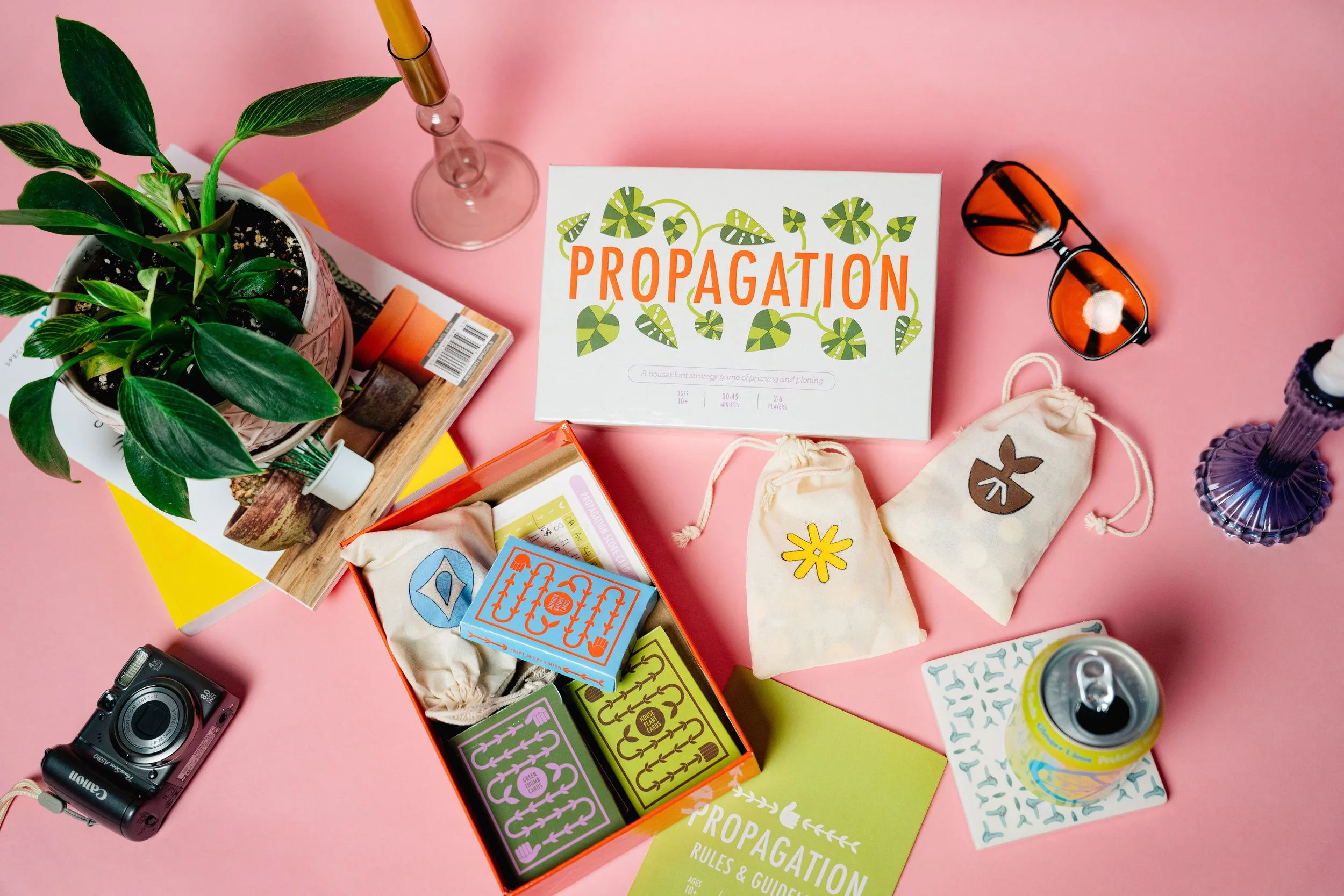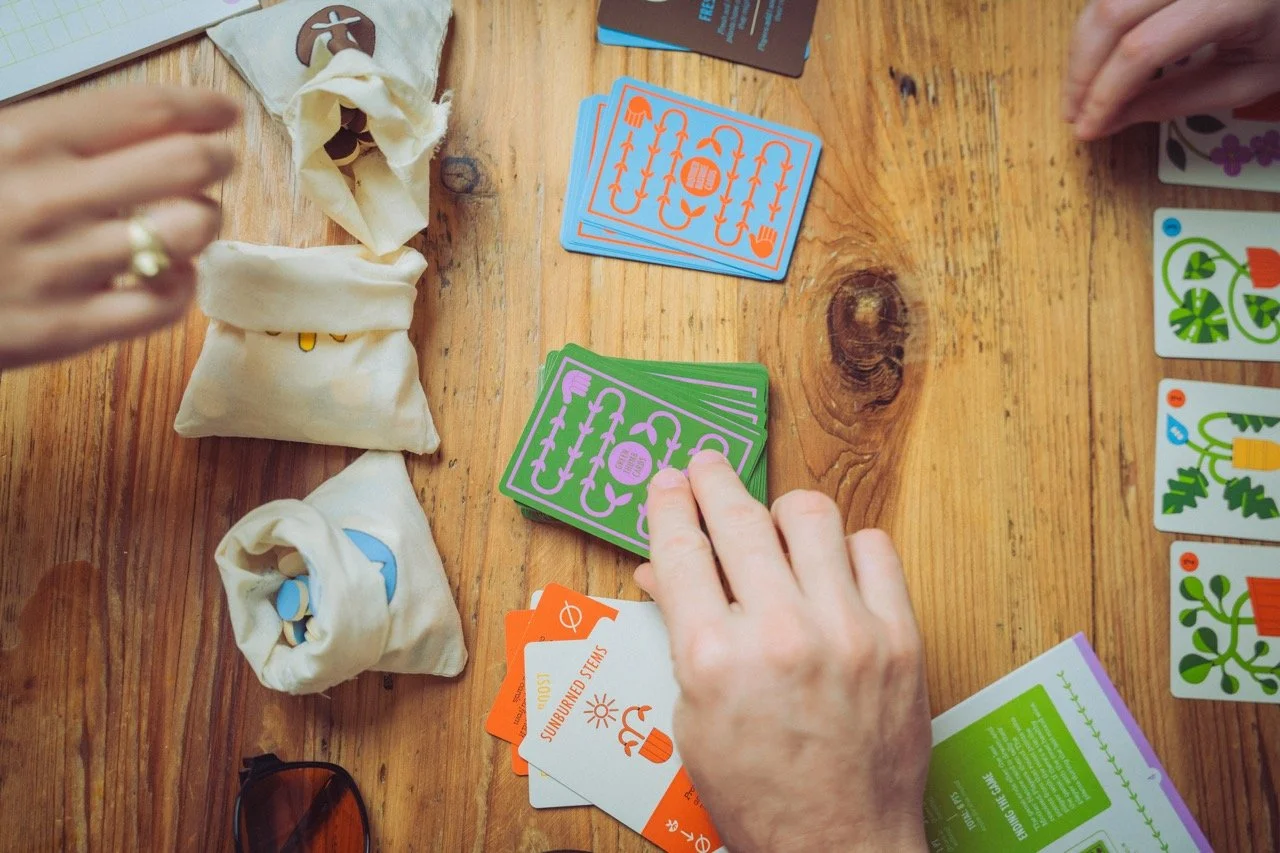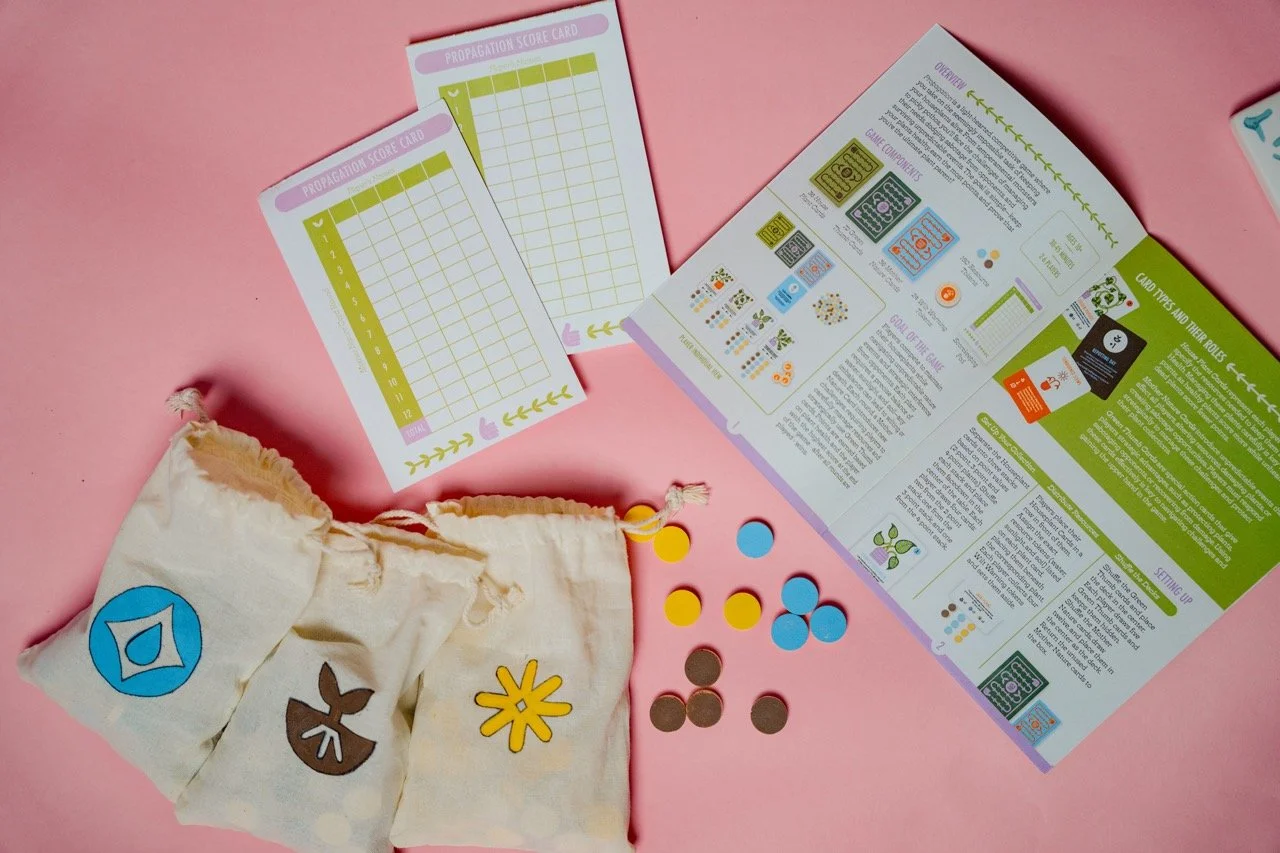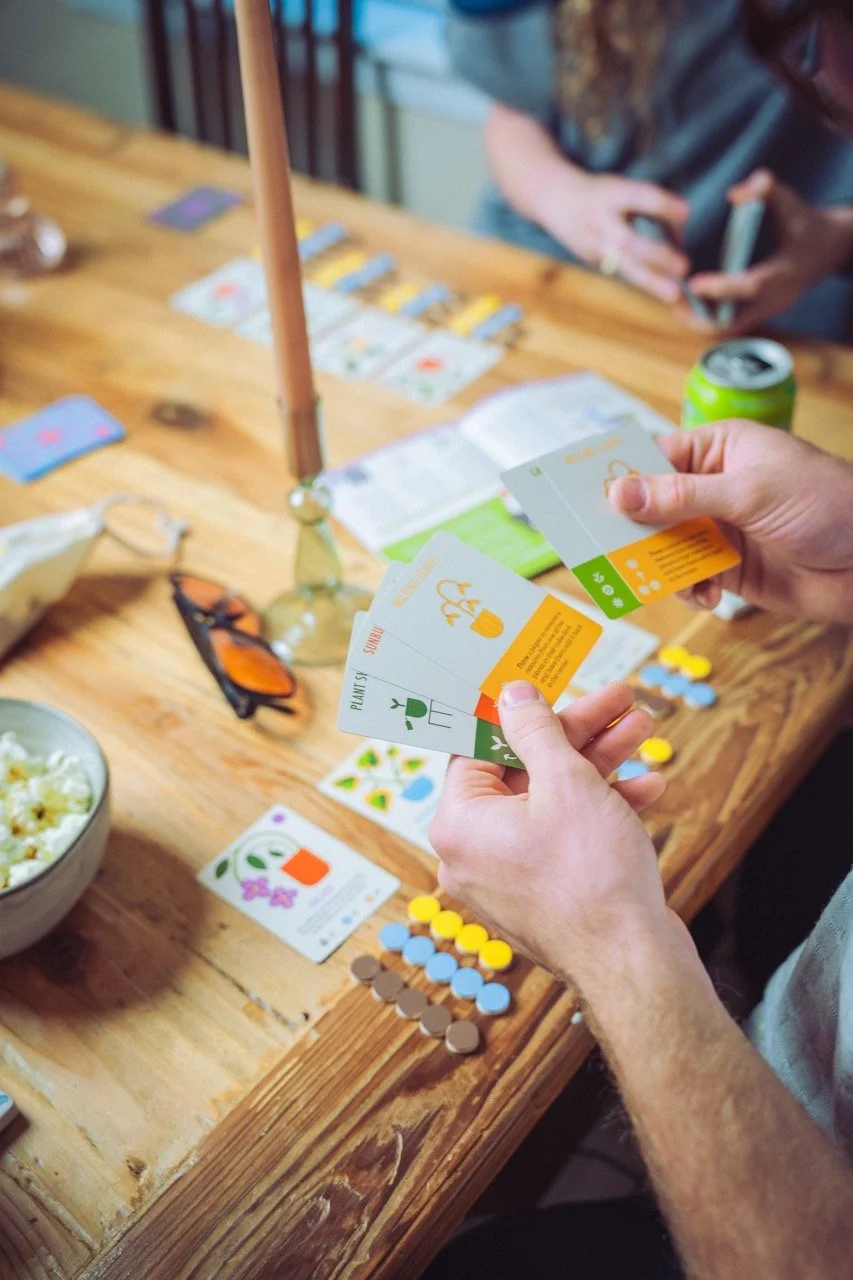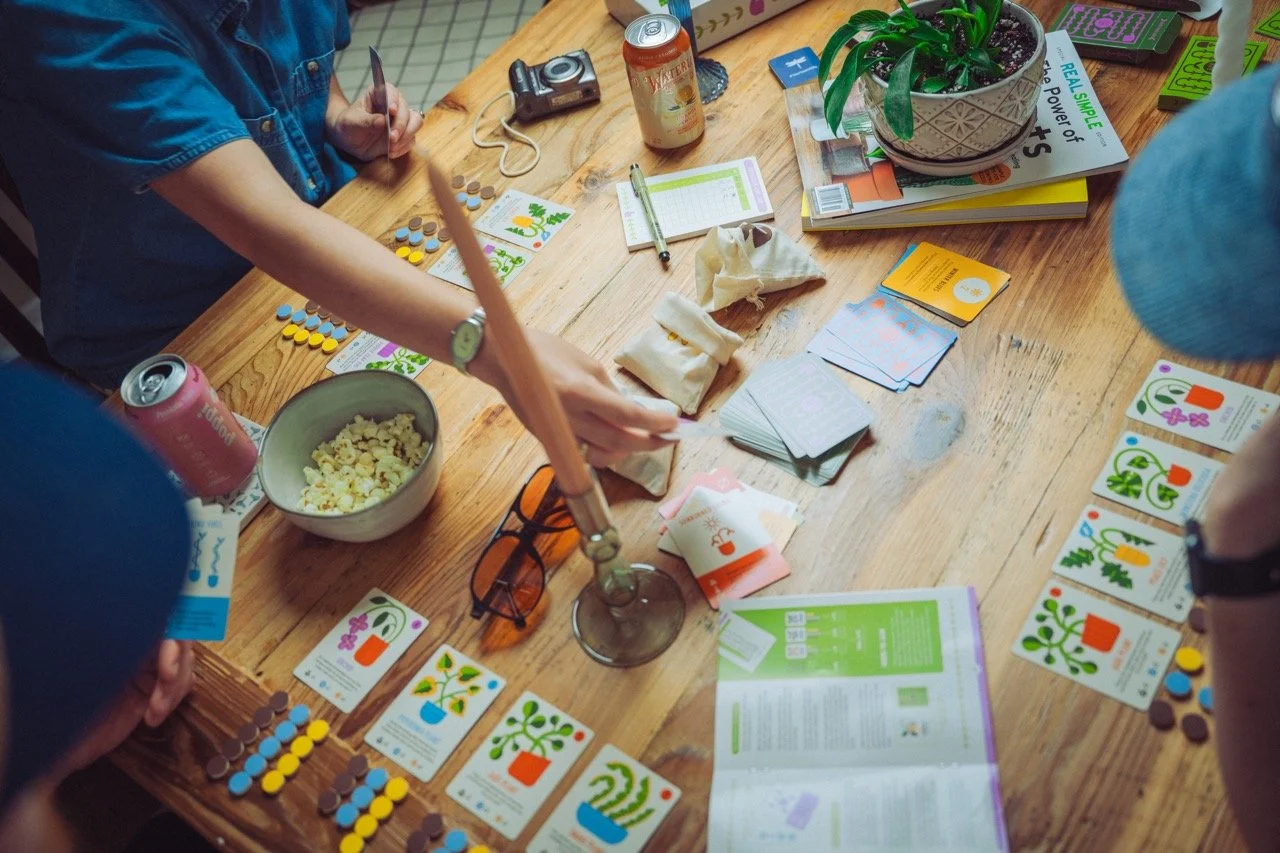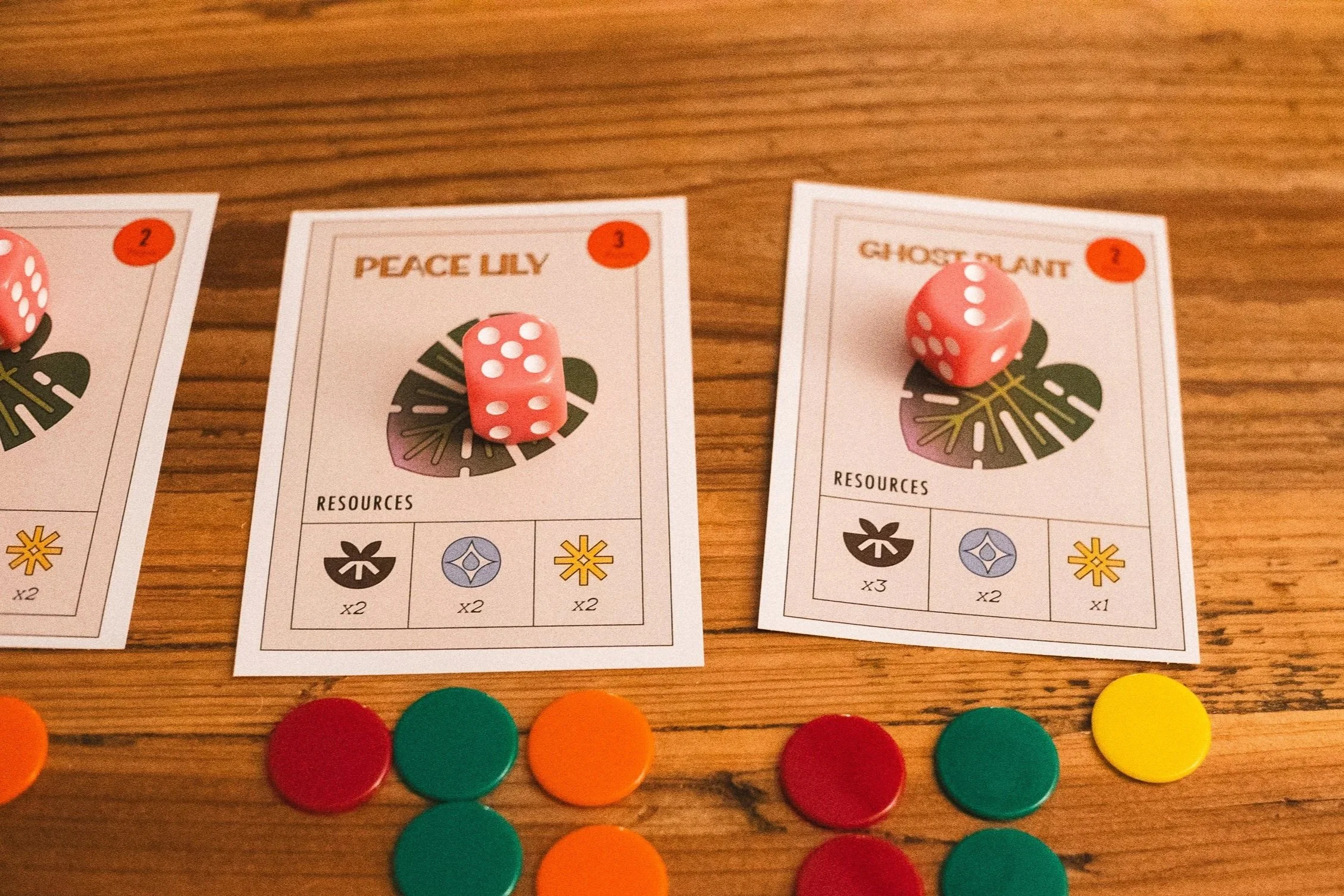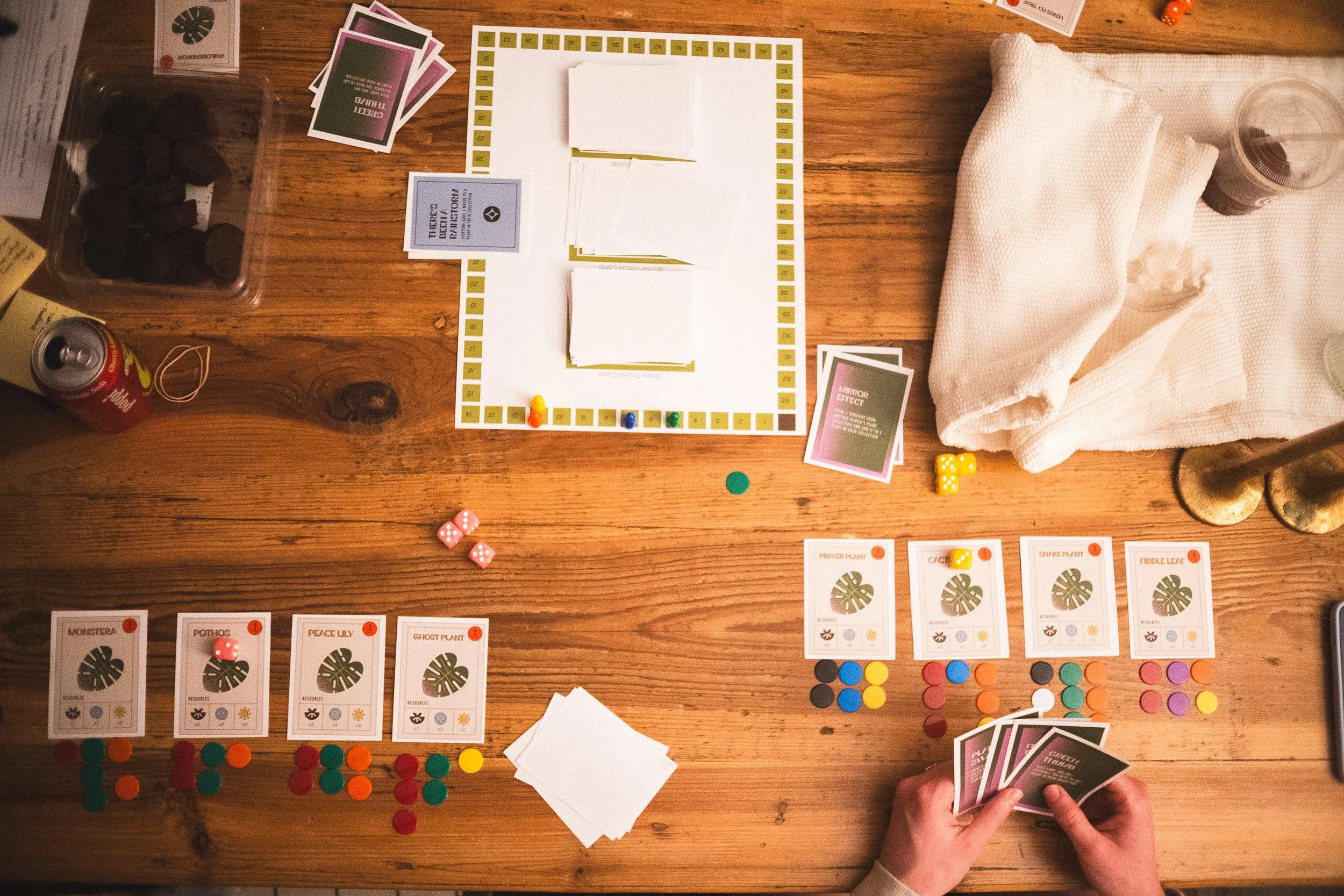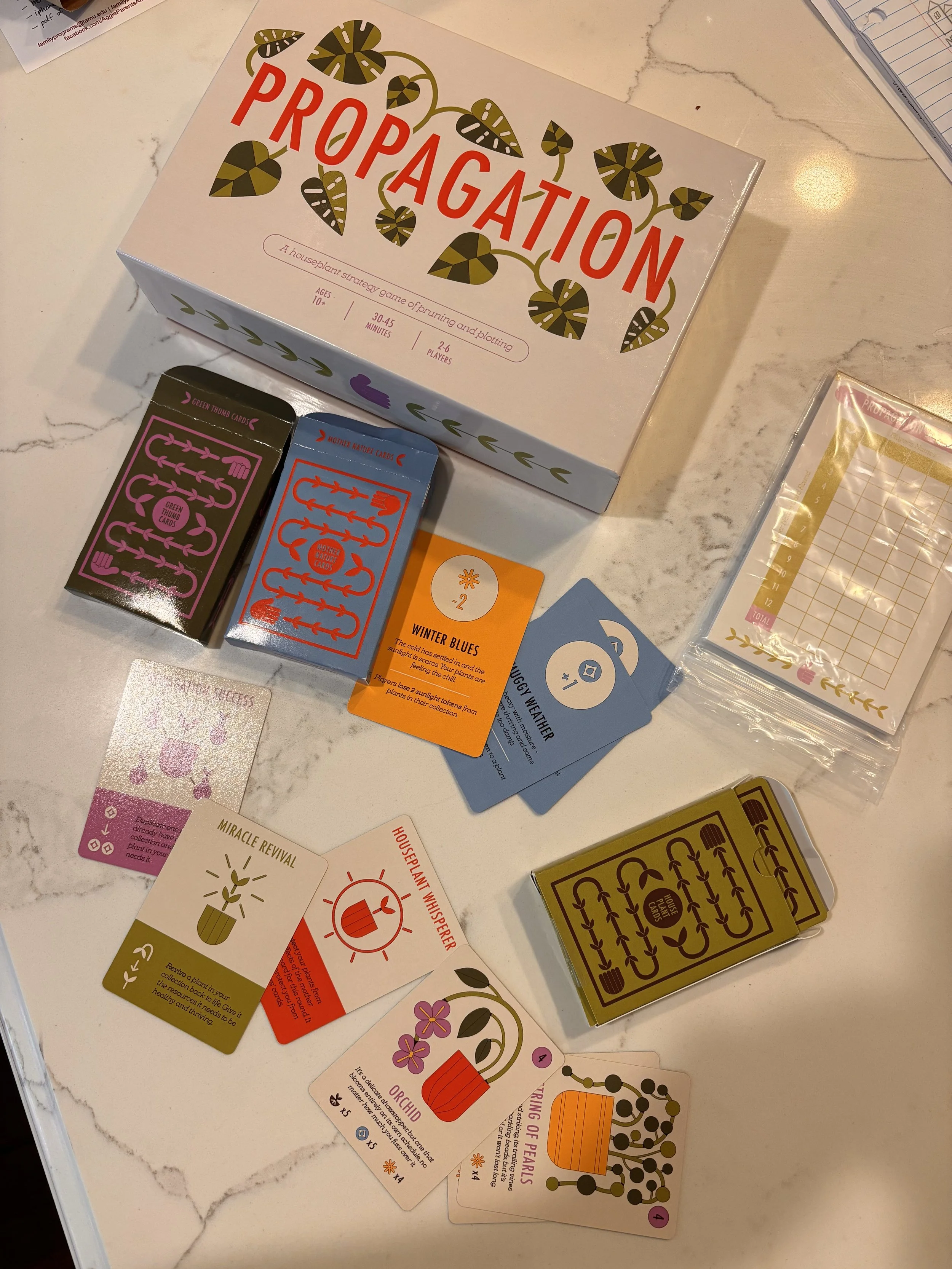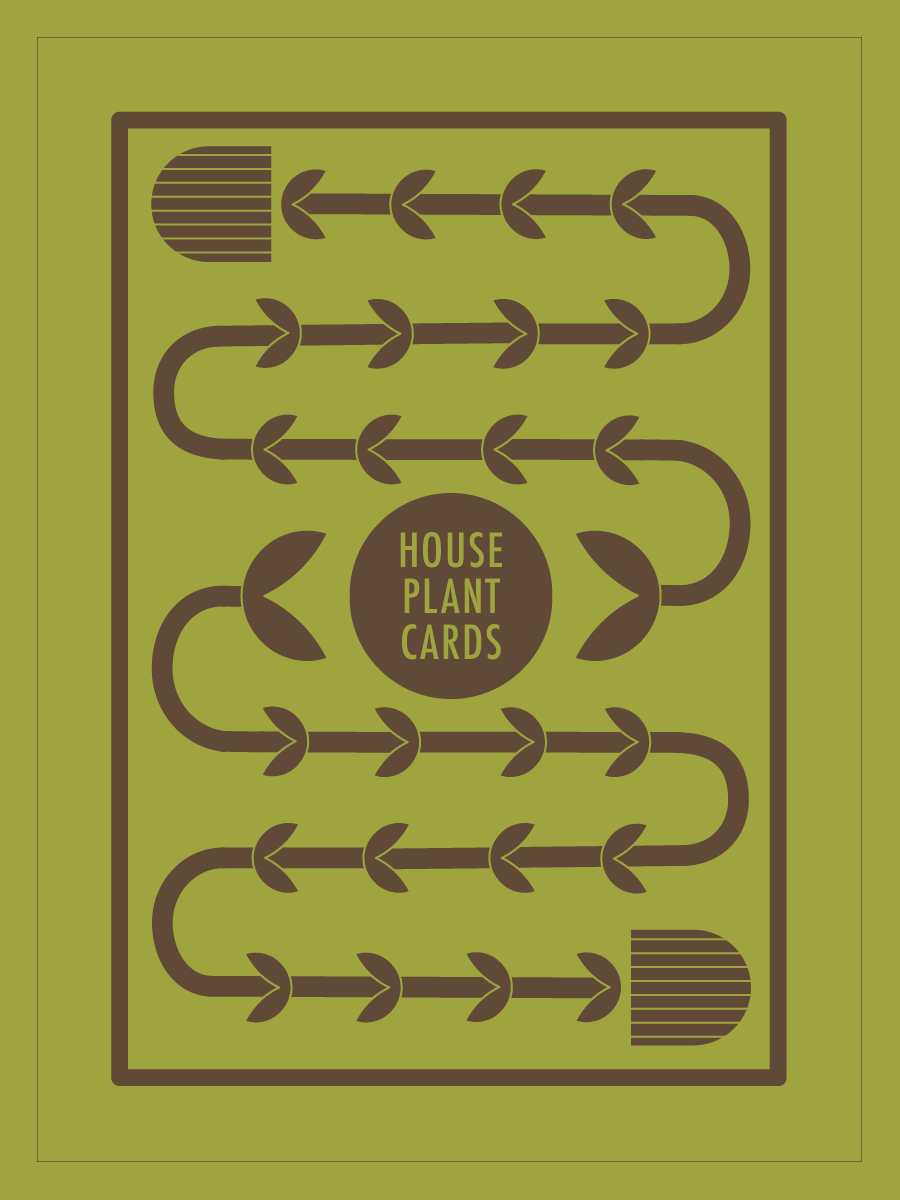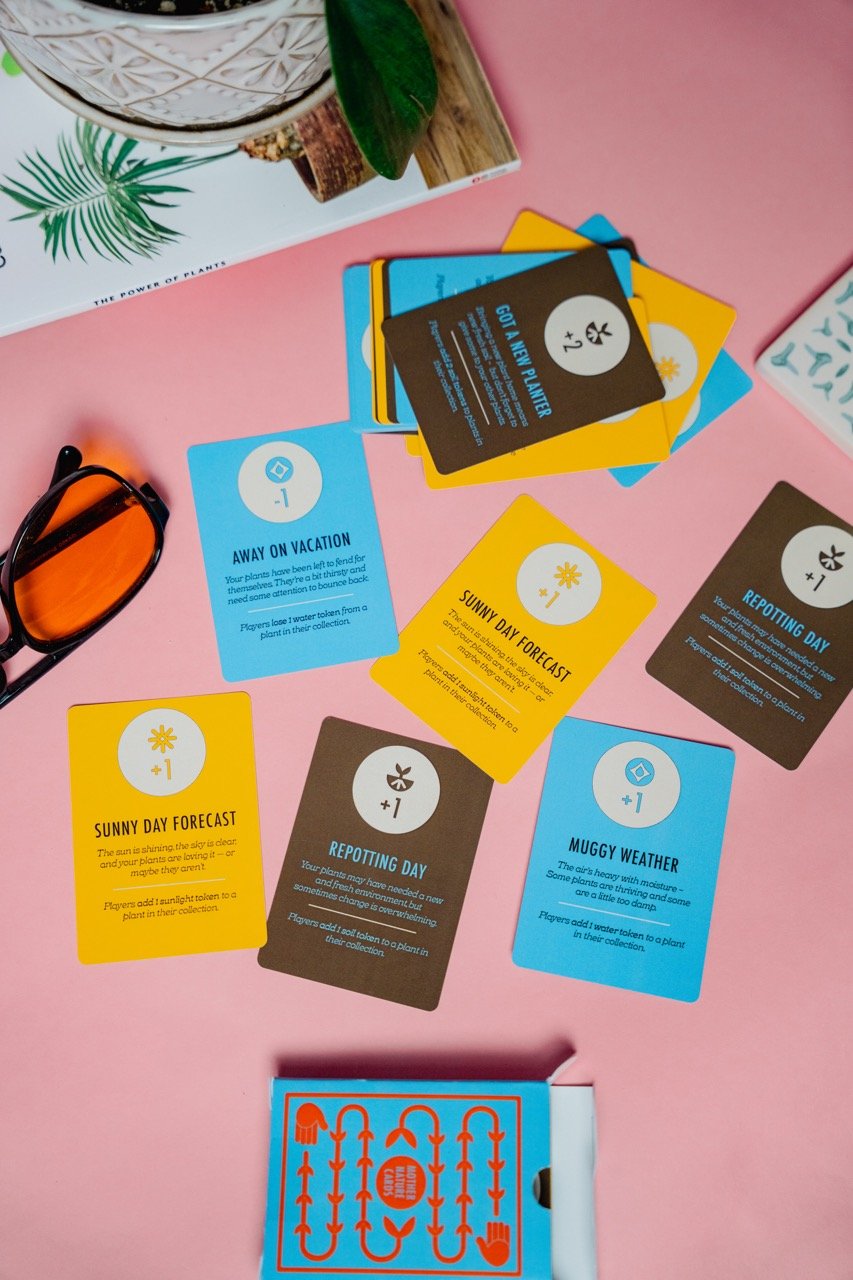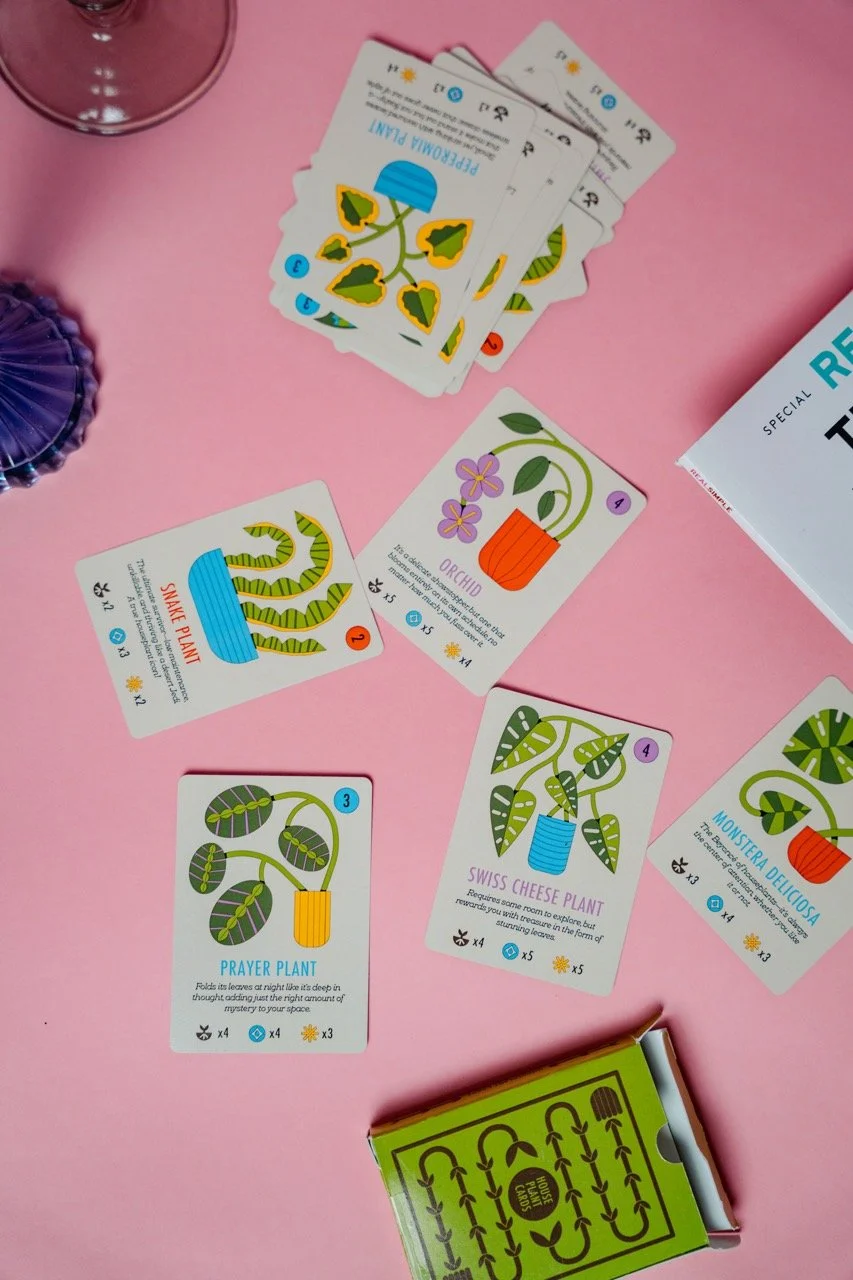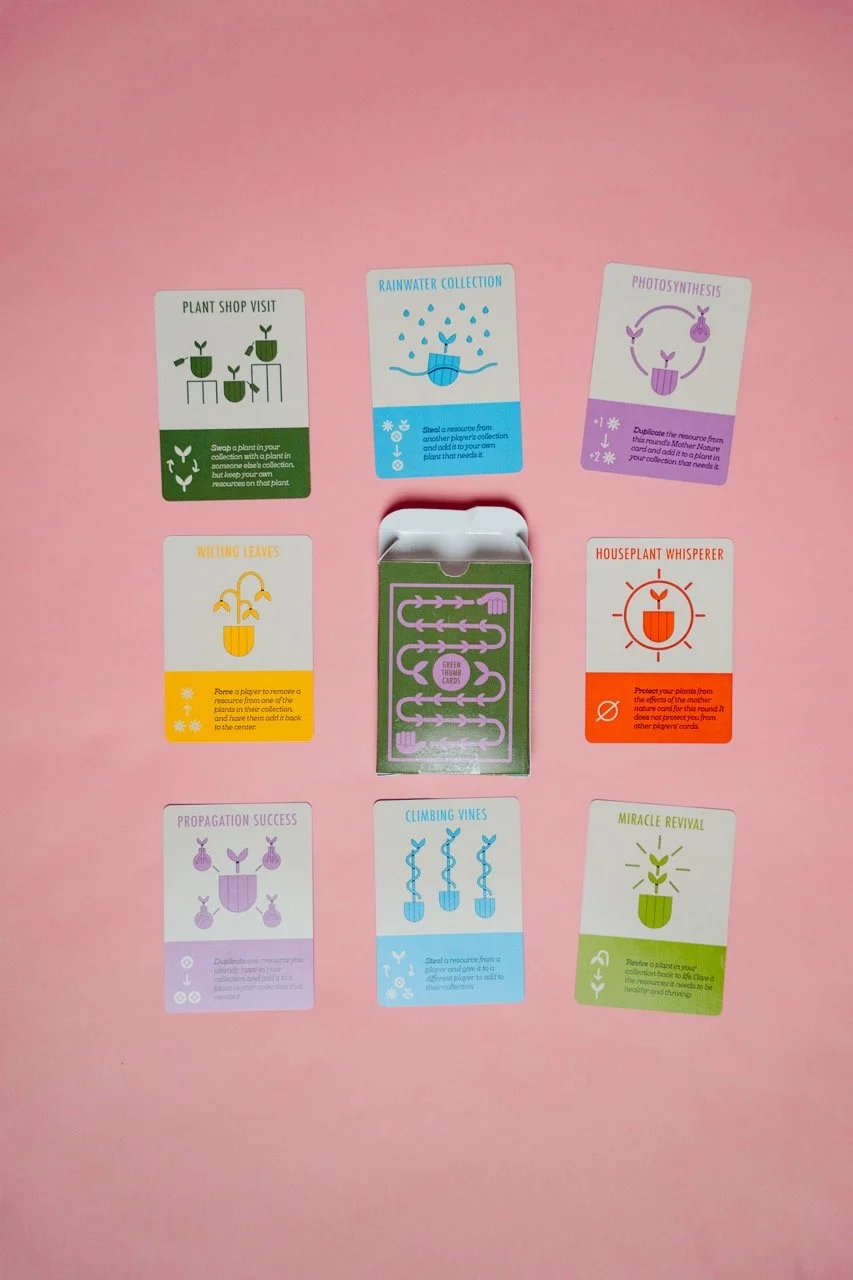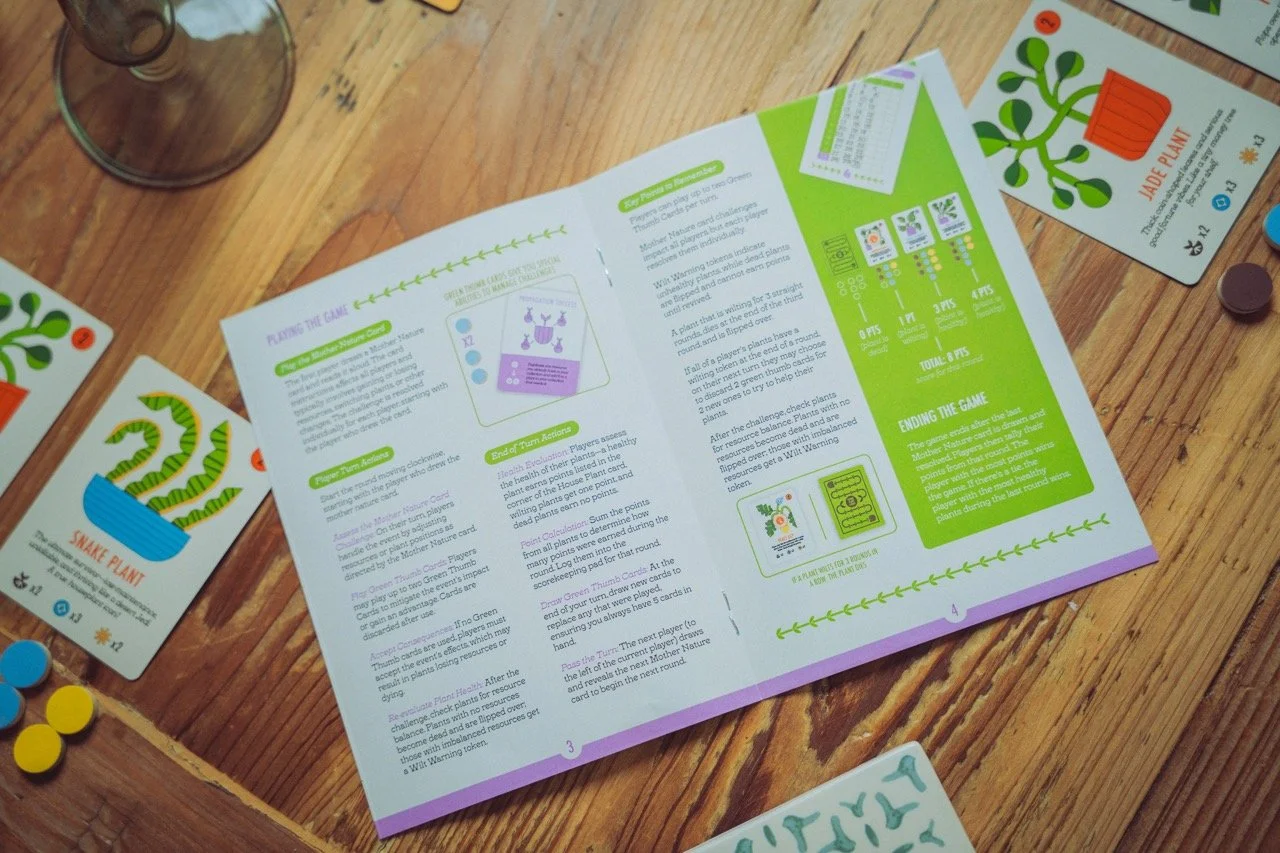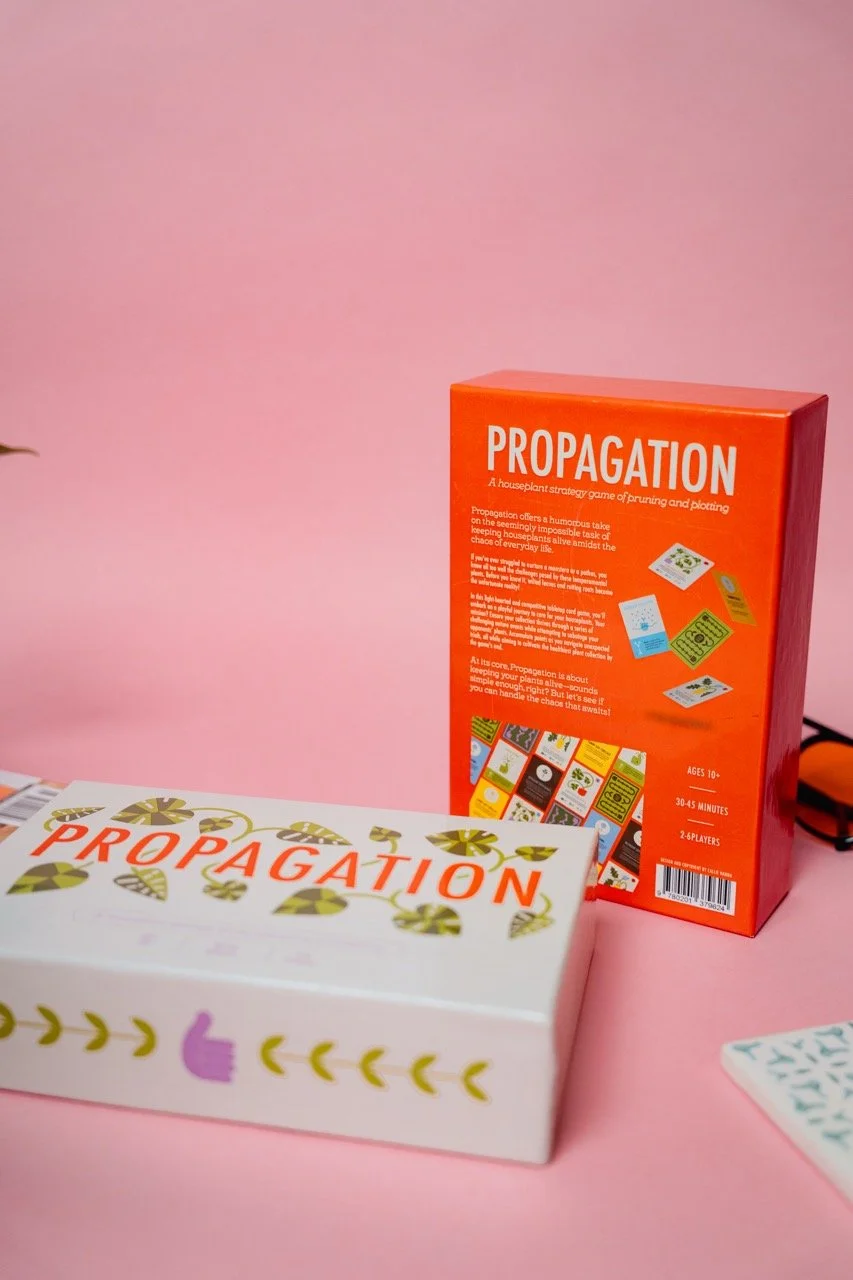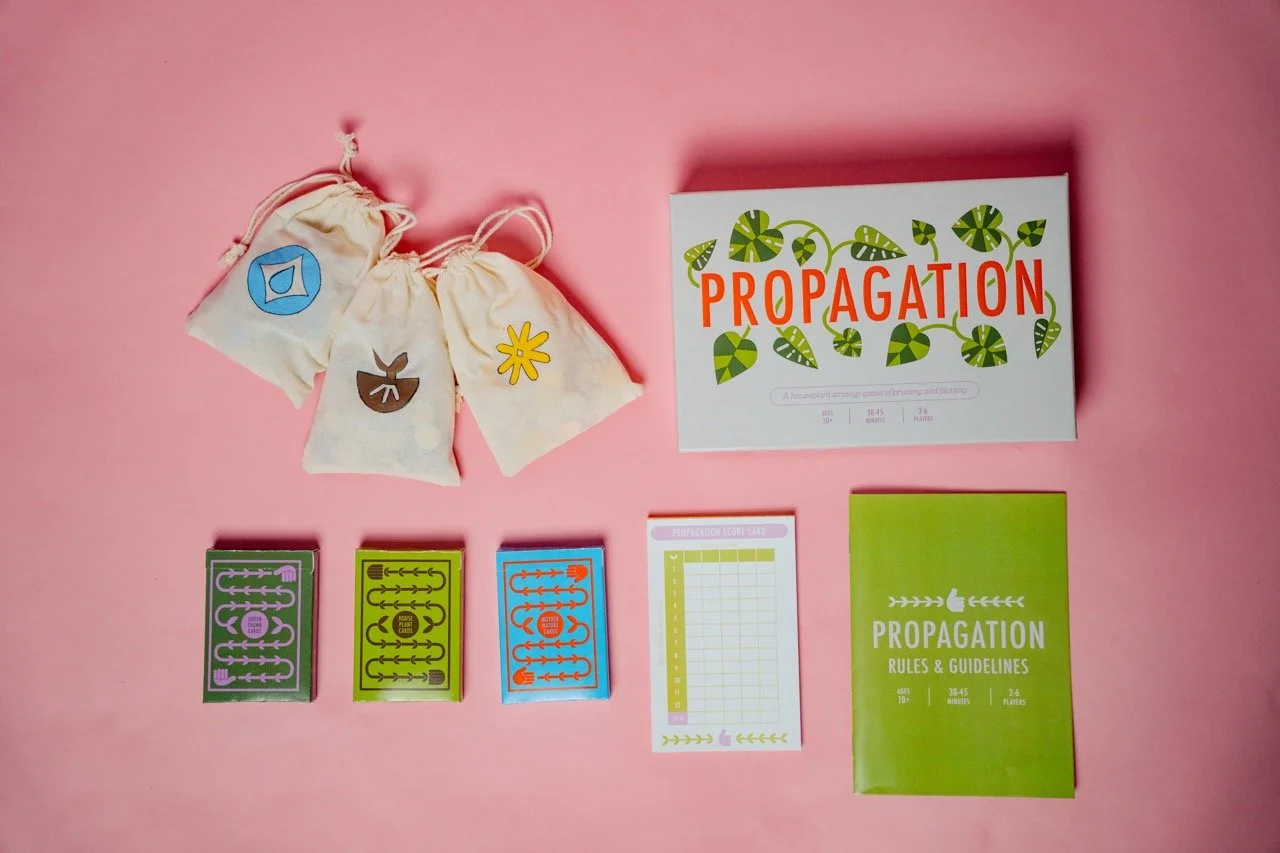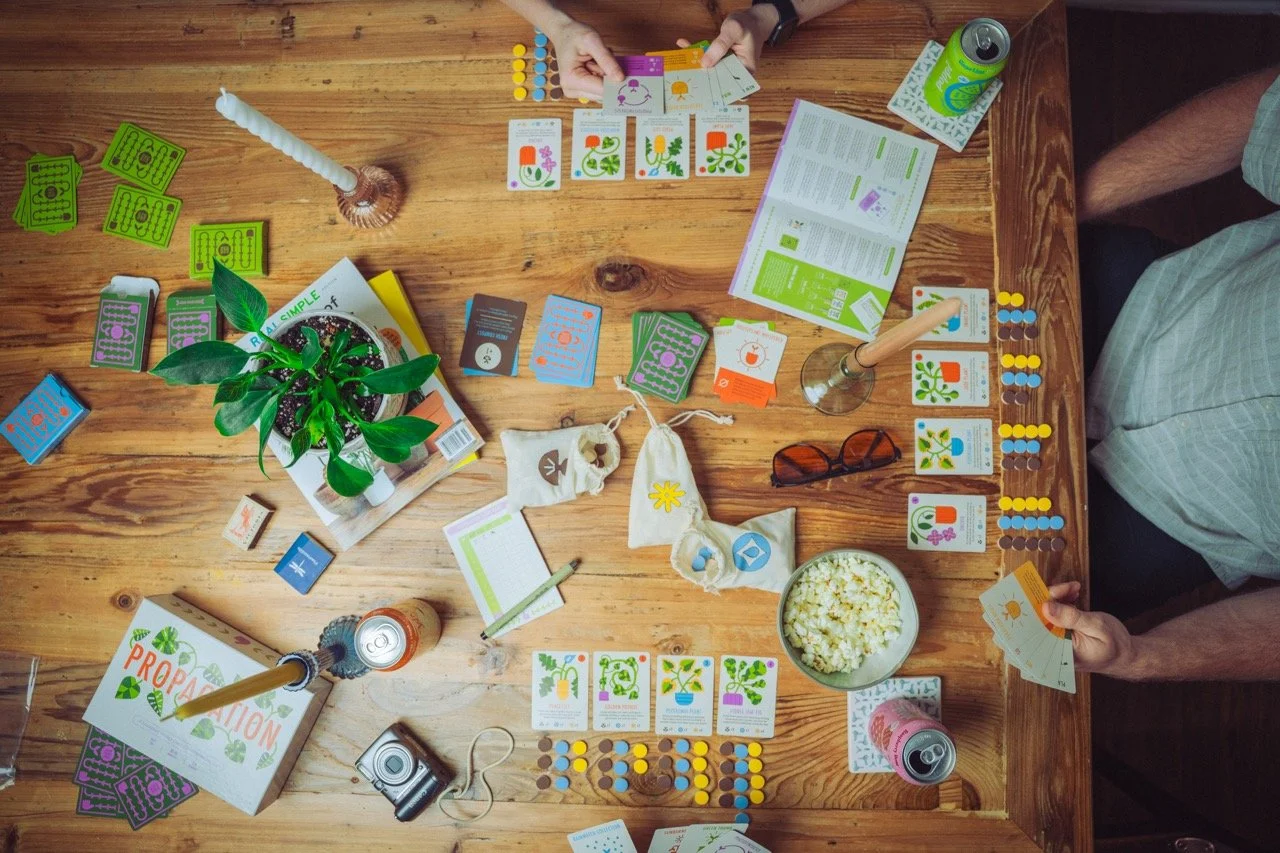Senior Capstone: Propagation
BRANDING, ILLUSTRATION, GAME DESIGN, USER EXPERIENCE DESIGN, PRODUCT DESIGN
The goal of creating Propagation was to understand how designers apply user experience principles to board game design to create an interactive and interesting product. The role of a graphic designer is constantly changing, but something that stays the same is the need for purposeful design thinking and innovation. Designing a game from scratch − from brainstorming, to iteration, to design, to production − start to finish was an effort to practice intentionality in creating products that not only look good, but improve the function of the product. Designing a game from scratch − from brainstorming, to iteration, to design, to production − start to finish was an effort to practice intentionality in creating products that not only look good, but improve the function of the product.
To begin my capstone project, I focused on three key areas of research: user experience and the psychology behind board games, core game design mechanics, and current trends in the tabletop gaming market. My goal was to go beyond just creating a visually appealing product—I wanted to understand what makes a game truly engaging and enjoyable to play. By prioritizing functionality and user interaction early on, I was able to design a game where the visuals enhance and support the overall experience.
I explored how people interact with games on both a practical and psychological level, looking at elements like decision-making, risk-taking, and how players respond to different challenges. I used the Affective/Mechanic/Narrative framework to help shape the direction of my game, making sure the mechanics, themes, and visuals worked together cohesively. Market research also played an important role. I found that most board game players today are adults aged 18–34, and that social and strategy games are especially popular among this group. This inspired my decision to center Propagation around a relatable theme—plant care—paired with simple strategy and lighthearted competition, all designed with a contemporary, playful aesthetic.
Research
Take a minute to write an introduction that is short, sweet, and to the point.
Process Overview
Designing the cards was the biggest part of the process. I started with the houseplant cards, which are the centerpiece of the game. I wanted each illustration to be funky, organic, and colorful, but still clear in showing what resources the plant needed. Through a few iterations, I refined the style and layout—adding color-coded icons on a blank background to make them easy to scan during gameplay. These cards helped shape the look for the rest of the game.
For the Mother Nature cards, I kept things super simple since their purpose is just to tell players what resource to gain or lose. I skipped illustrations and used a single-color design to match the associated resource. The Green Thumb cards took more tweaking—they started out too bold and distracting. I eventually switched to monochromatic illustrations that matched the houseplant style and included a small plant on each to tie them back to the main mechanic. In total, I designed 42 unique cards, each tailored to support gameplay in a clear and intentional way.
Designing Cards
Packaging Design
Beyond the cards, I also designed the box, tokens, rulebook, and score pad. I focused on consistency, using repeating shapes and patterns, like vines and pots, and made sure everything visually pointed back to the cards as the main feature. I studied other game boxes for inspiration and included all the expected details—like player count, age range, and playtime—while keeping the visual system cohesive throughout.
Take a minute to write an introduction that is short, sweet, and to the point.
This project was my first experience creating, designing, and printing a tabletop game, and it came with its fair share of challenges. As a Visualization Interactive Design student with limited game design experience, I found that my game design knowledge was a bit underdeveloped, though I discovered it’s a fascinating field that I’d like to explore more in the future. Due to the nature of capstone projects and time constraints, I would have loved to playtest more prototypes with more groups of people.
In conclusion, this project taught me valuable lessons in project management, game design, graphic design, user experience, and product development. I learned how to create a product from start to finish, gaining experience in areas that will benefit my career. A major focus for me was understanding user experience, and through playtesting and surveys, I feel I now have a deeper understanding of how users think and make decisions. This experience has shifted my perspective as a designer, showing me the importance of designing with the end product in mind and prioritizing functionality.
I want to give special thanks to Professor Anatol Bologan and mentors Mason Smith and Russell Gray for encouraging me in this project, guiding and influencing my work, and to my friends and family for spending so much time playtesting, photographing, and supporting Propagation.

